 |
 |
 |
 |
|
 |
 |
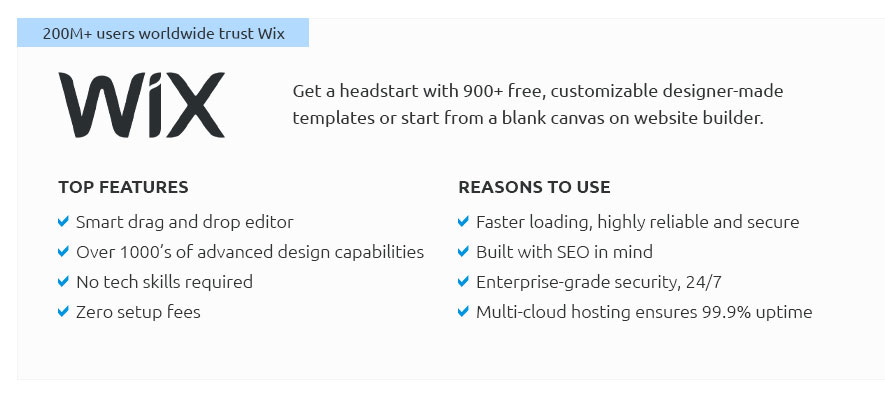 |
|
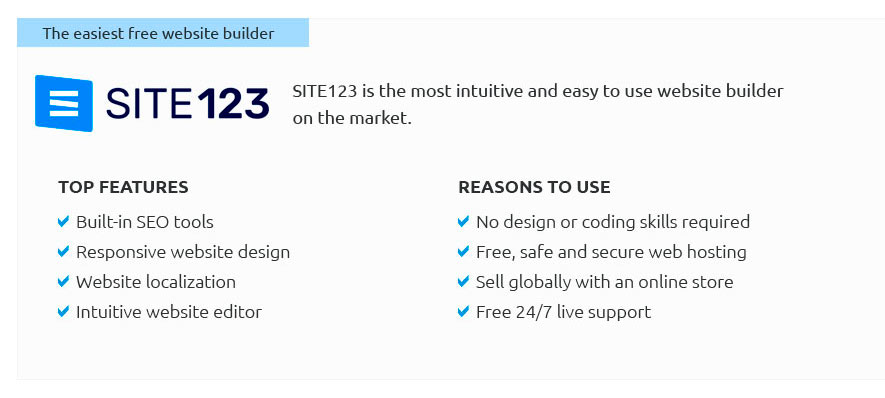 |
|
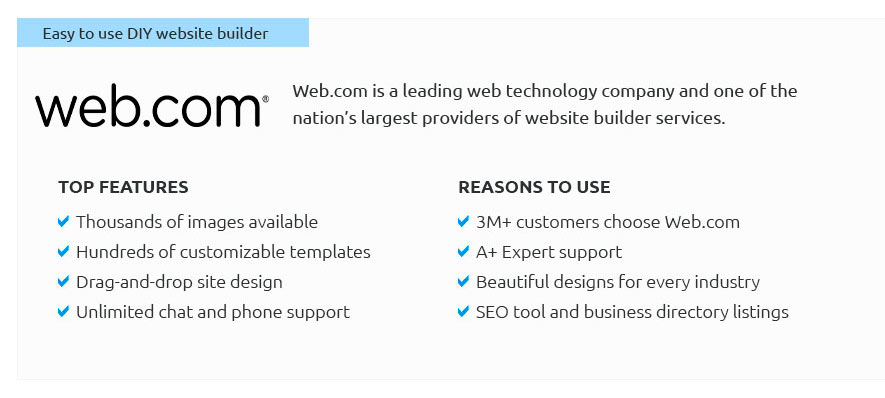 |
 |
|
 |
|
 |
|
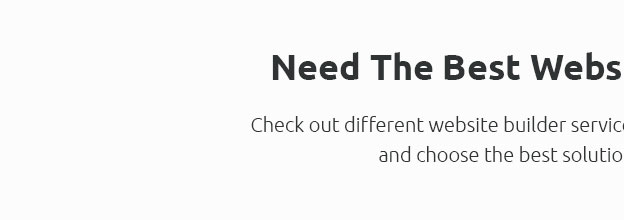 |
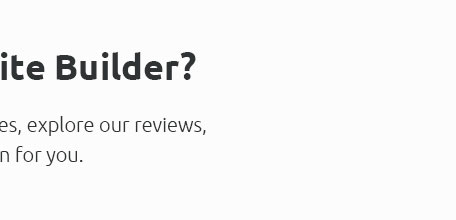 |
Creating Your Personal Website Using HTML: A Comprehensive GuideIn today's digital age, having a personal website is akin to possessing a virtual business card that showcases your skills, achievements, and personality. While numerous platforms offer user-friendly templates and easy drag-and-drop functionalities, crafting a personal website from scratch using HTML provides unparalleled freedom and customization. This journey, albeit challenging, is immensely rewarding and offers a deeper understanding of how the web operates. Before diving into the intricacies of HTML, it's essential to understand the basic structure of a webpage. Every HTML document begins with a DOCTYPE declaration, which informs the browser about the HTML version you're using. Following this, the tag envelops the entire content, and within it resides the and tags. The section contains meta-information, such as the page title and links to stylesheets, while the houses the content visible to users. When designing a personal website, consider what content is most important to you. Do you wish to display your professional portfolio, share personal blogs, or simply provide a means for people to contact you? Structuring your content thoughtfully enhances user experience and keeps visitors engaged. Start by creating a wireframe or a simple sketch of your website layout. This will serve as a blueprint, guiding you as you build each section of your site.
|